Innovative Energy-Recovery Unit for the LED-Lighting System of Heavy-Duty Vehicles
Abstract
:1. Introduction
2. Description of the Innovative Energy-Recovery Unit
2.1. Power Converter Topology
2.2. Control Strategy Implementation
3. Technical Features and Performance
3.1. Industrial Prototype
- Recycling power (pseudo-consumption) level, 10 W (compatible with the CCU thresholds),
- Weight, 15 g,
- Total efficiency, over 80%,
- High reliability, implying MTBF (Mean Time Between Failures) indicator value of 10,000 h,
- Maximum operating temperature up to 70 °C,
- Low cost, <0.6 €/W,
- Plug-n-play device, and
- Design flexibility/compatibility with all vehicle types, by allowing the implementation of various power level energy recovery scenarios via parameter management.
3.2. Performance Results
4. Environmental and Financial Benefits
4.1. Life Cycle Cost Analysis
4.2. Battery Cycles Saving Assessment
5. Discussion on the Performance and LCCA Results
6. Conclusions
7. Patents
Author Contributions
Funding
Institutional Review Board Statement
Informed Consent Statement
Data Availability Statement
Conflicts of Interest
Appendix A
| Component | Commercial Product | MTBF |
|---|---|---|
| Step down (Buck) converter | TPS54140DGQR | 1.96 × 109 |
| Step up (Boost) converter | TPS55340RTER | 1 × 1010 |
| Operational transconductance amplifier (OTA) | INA138_DBV_5 | 4.71 × 109 |
| Lin, Lout (1 uH) | TFM201208ALD-1R0MTCA | 5.13 × 1010 |
| LBuck, LBoost (33 uH) | MSS1048-333MLB | 5.13 × 1010 |
| DBuck | B340A-13-F | 4.2 × 109 |
| DBoost | B340LB-13-F | 4.2 × 109 |
| CBuck, CBoost (47 uF) | 16SVPG47M | 1.66 × 108 |
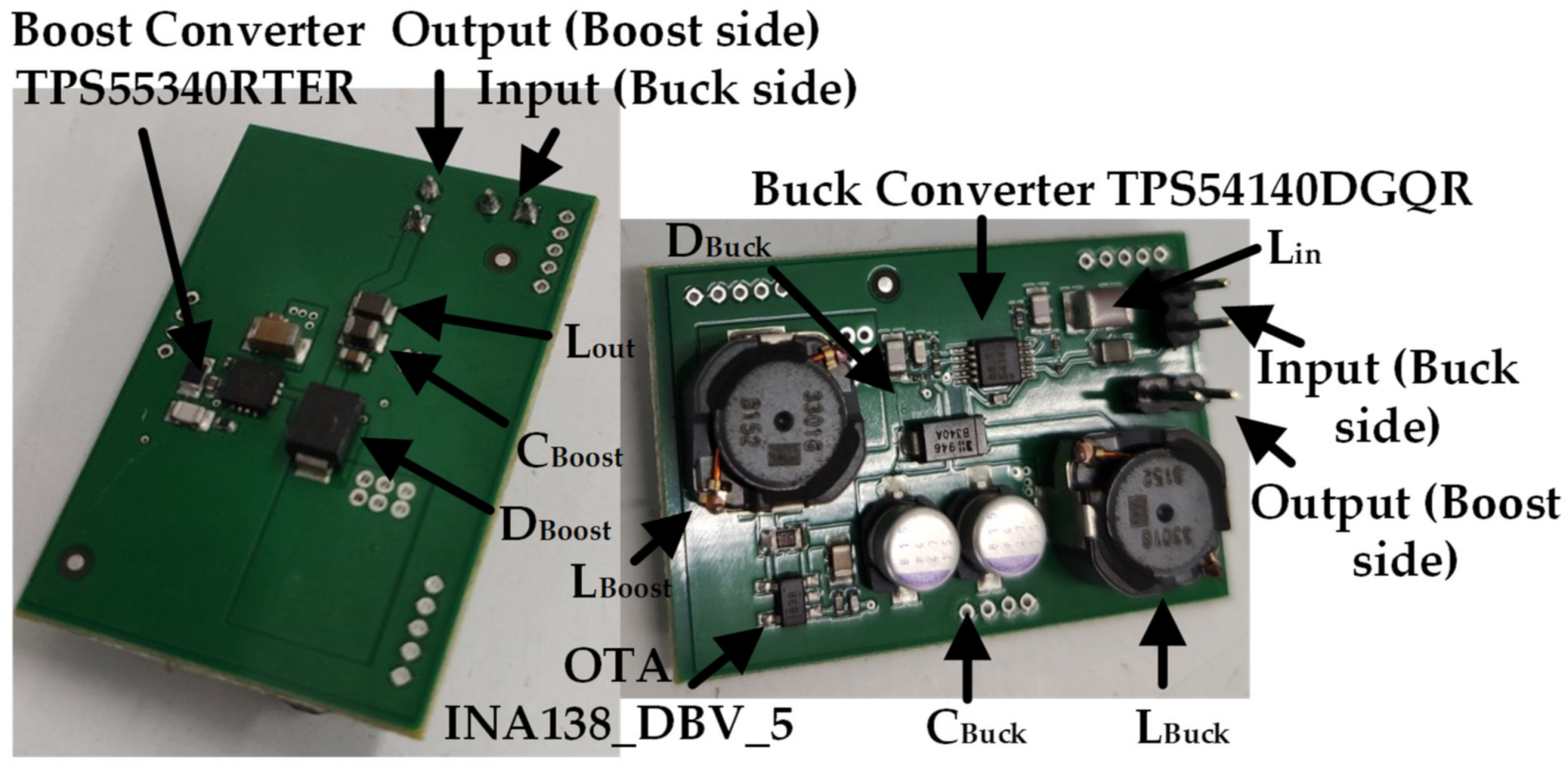
Appendix B
References
- Gagliardi, G.; Casavola, A.; Lupia, M.; Cario, G.; Tedesco, F.; Lo Scudo, F.; Gaccio, F.C.; Augimeri, A. A smart city adaptive lighting system. In Proceedings of the 3rd International Conference on Fog and Mobile Edge Computing, FMEC 2018, Barcelona, Spain, 23–26 April 2018. [Google Scholar]
- Gagliardi, G.; Lupia, M.; Cario, G.; Tedesco, F.; Cicchello Gaccio, F.; Lo Scudo, F.; Casavola, A. Advanced Adaptive Street Lighting Systems for Smart Cities. Smart Cities 2020, 3, 1495–1512. [Google Scholar] [CrossRef]
- Magno, M.; Polonelli, T.; Benini, L.; Popovici, E. A low cost, highly scalable wireless sensor network solution to schieve smart LED light control for green buildings. IEEE J. Sens. 2015, 5, 2963–2973. [Google Scholar] [CrossRef]
- Pal, S.; Singh, B.; Shrivastava, A. A universal input CrCM Luo converter with low-cost pilot-line dimming concept for general purpose LED lighting applications. IEEE Trans. Ind. Inform. 2018, 14, 4895–4904. [Google Scholar] [CrossRef]
- Ruetschi, P. Aging mechanisms and service life of lead-acid batteries. J. Power Sources 2004, 127, 33–44. [Google Scholar] [CrossRef]
- Bindner, H.; Cronin, T.; Lundsager, P.; Manwell, J.F.; Abdulwahid, U.; Baring-Gould, I. Lifetime Modelling of Lead Acid Batteries; Risø National Laboratory Report; Risø National Laboratory: Roskilde, Denmark, 2005; p. 81. ISBN 87-550-3441-1. [Google Scholar]
- Sauer, D.; Wenzl, H. Comparison of different approaches for lifetime prediction of electrochemical systems-using lead-acid batteries as example. J. Power Sources 2008, 176, 534–546. [Google Scholar] [CrossRef]
- Voronov, S.; Frisk, E.; Krysander, M. Data-driven battery lifetime prediction and confidence estimation for heavy-duty trucks. IEEE Trans. Reliab. 2018, 67, 623–639. [Google Scholar] [CrossRef] [Green Version]
- Blanke, H.; Bohlen, O.; Buller, S.; De Doncker, R.W.; Fricke, B.; Hammouche, A.; Liznez, D.; Thele, M.; Sauer, D.U. Impedance measurements on lead–acid batteries for state-of-charge, state-of-health and cranking capability prognosis in electric and hybrid electric vehicles. J. Power Sources 2005, 144, 418–425. [Google Scholar] [CrossRef]
- Dutt, D. Life cycle analysis and recycling techniques of batteries used in renewable energy applications. In Proceedings of the International Conference on New Concepts in Smart Cities: Fostering Public and Private Alliances (SmartMILE), Gijon, Spain, 11–13 December 2013; pp. 1–7. [Google Scholar] [CrossRef]
- Steele, N.; Allen, D. Evaluation of recycling and disposal options for batteries. In Proceedings of the IEEE International Symposium on Electronics and the Environment (ISEE), Dallas, TX, USA, 6–8 May 1996; pp. 135–140. [Google Scholar] [CrossRef]
- Kim, M.; Choi, C.; Kim, S.; Jeong, D. An AC–DC LED driver with a two-parallel inverted buck topology for reducing the light flicker in lighting applications to low-risk levels. IEEE Trans. Power Electron. 2017, 32, 3879–3891. [Google Scholar] [CrossRef]
- Yu, W.; Lai, J.; Ma, H.; Zheng, C. High-efficiency DC–DC converter with twin bus for dimmable LED lighting. IEEE Trans. Power Electron. 2011, 26, 2095–2100. [Google Scholar] [CrossRef]
- Baros, D.; Voglitsis, D.; Papanikolaou, P.N.; Kyritsis, A.; Rigogiannis, N. Wireless power transfer for distributed energy sources exploitation in DC microgrids. IEEE Trans. Sustain. Energy 2018. [Google Scholar] [CrossRef]
- Rigogiannis, N.; Voglitsis, D.; Papanikolaou, N. Microcontroller based implementation of peak current control method in a bidirectional buck-boost DC-DC converter. In Proceedings of the International Symposium on Electrical Apparatus and Technologies (SIELA), Bourgas, Bulgaria, 3–6 June 2018; pp. 1–4. [Google Scholar] [CrossRef]
- Kim, M. Error amplifier design of peak current controlled (PCC) buck LED driver. IEEE Trans. Power Electron. 2014, 29, 6789–6795. [Google Scholar] [CrossRef]
- Rao, S.; Khan, Q.; Bang, S.; Swank, D.; Rao, A.; Mclntyre, W.; Hanumolu, P.K. A 1.2-A buck-boost LED driver with on-chip error averaged senseFET-based current sensing technique. IEEE J. Solid State Circuits 2011, 46, 2772–2783. [Google Scholar] [CrossRef]
- Qu, Y.; Qiu, L. I2V2 average current control for modular LED drivers. IEEE Trans. Power Electron. 2021, 36, 78–82. [Google Scholar] [CrossRef]
- Horsky, P.; Plojhar, J.; Daniel, J. Adaptive peak average current control LED driver for automotive lighting. In Proceedings of the IEEE European Solid State Circuits Conference (ESSCIRC), Cracow, Poland, 23–26 September 2019; pp. 1–4. [Google Scholar] [CrossRef]
- Hallworth, M.; Shirsavar, S.A. Microcontroller-based peak current mode control using digital slope compensation. IEEE Trans. Power Electron. 2012, 27, 3340–3351. [Google Scholar] [CrossRef]
- Poley, R.; Shirsavar, A. Digital Peak Current Mode Control with Slope Compensation Using the TMS320F2803x. Texas Instruments Application Report (SPRABE7A). 2012. Available online: https://e2e.ti.com/cfs-file/__key/communityserver-discussions-components-files/171/Digital-Peak-Current-Mode-Control-With-Slope-Compensation-Using-the-TMS320F2803x.pdf (accessed on 29 March 2021).
- Sheehan, R. Understanding and applying current-mode control theory. In Proceedings of the Power Electronics Technology Exhibition and Conference, Dallas, TX, USA, 30 October–1 November 2007. [Google Scholar]
- Available online: https://www.ti.com/lit/ds/symlink/ina168.pdf?ts=1627027982166&ref_url=https%253A%252F%252Fwww.google.com%252F (accessed on 29 March 2021).
- Available online: https://dasteri.gr/en/products/show/&tid=534 (accessed on 29 March 2021).
- Available online: https://www.ika-germany.de/wp-content/uploads/Automotive-Electronics-and-Relays-2019-Compressed-Cover.pdf (accessed on 29 March 2021).
- Available online: https://www.ti.com/lit/ds/symlink/tps54140.pdf?ts=1618072108253&ref_url=https%253A%252F%252Fwww.ti.com%252Fproduct%252FTPS54140 (accessed on 29 March 2021).
- Available online: https://www.ti.com/lit/ds/symlink/tps55340.pdf?HQS=dis-mous-null-mousermode-dsf-pf-null-wwe&ts=1618072276073&ref_url=https%253A%252F%252Fgr.mouser.com%252F (accessed on 29 March 2021).
- Available online: http://library.tee.gr/digital/m2600/m2600_efthimiadis.pdf (accessed on 29 March 2021).
- Available online: http://oil.gge.gov.gr/ (accessed on 29 March 2021).
- Available online: http://gr.mouser.com (accessed on 29 March 2021).
- Kotarela, F.; Kyritsis, A.; Papanikolaou, N. On the Implementation of the Nearly Zero Energy Building Concept for Jointly Acting Renewables Self- Consumers in Mediterranean Climate Conditions. Energies 2020, 13, 1032. [Google Scholar] [CrossRef] [Green Version]
- Kotarela, F.; Kyritsis, A.; Papanikolaou, N.; Kalogirou, S.A. Enhanced nZEB concept incorporating a sustainable Grid Support Scheme. Renew. Energy 2021, 169, 714–725. [Google Scholar] [CrossRef]
- Available online: https://batteryworld.varta-automotive.com/en-gb (accessed on 29 March 2021).
- Available online: https://www.varta-automotive.com/en-gb/products/varta-promotive-agm (accessed on 29 March 2021).
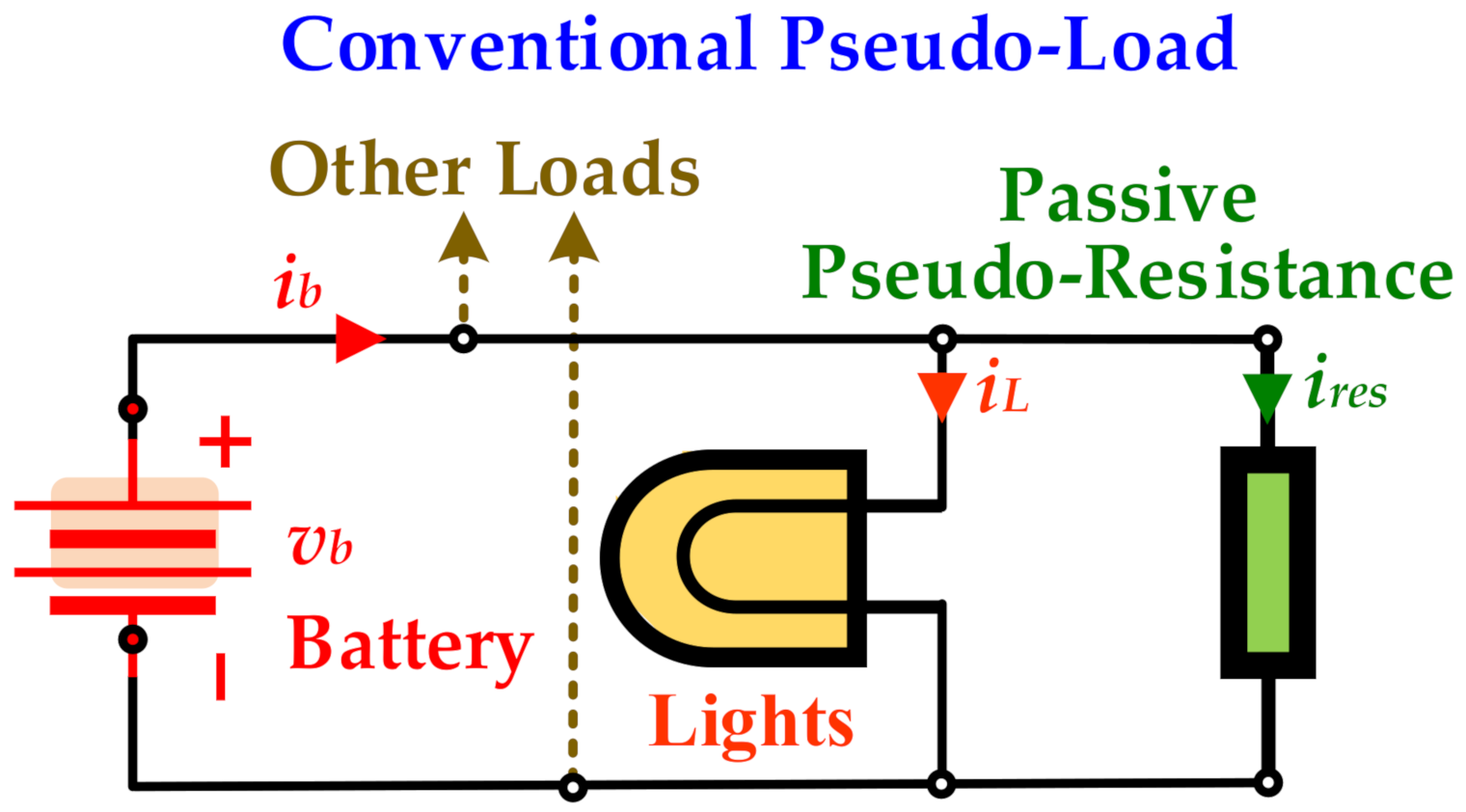


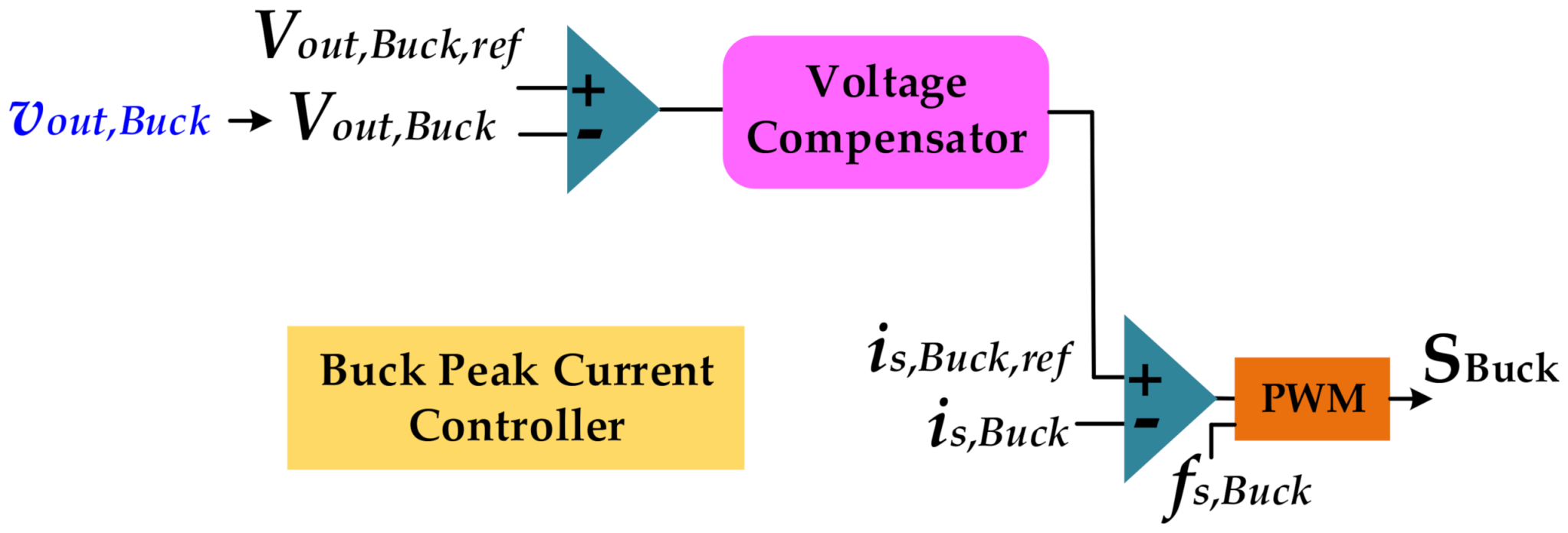

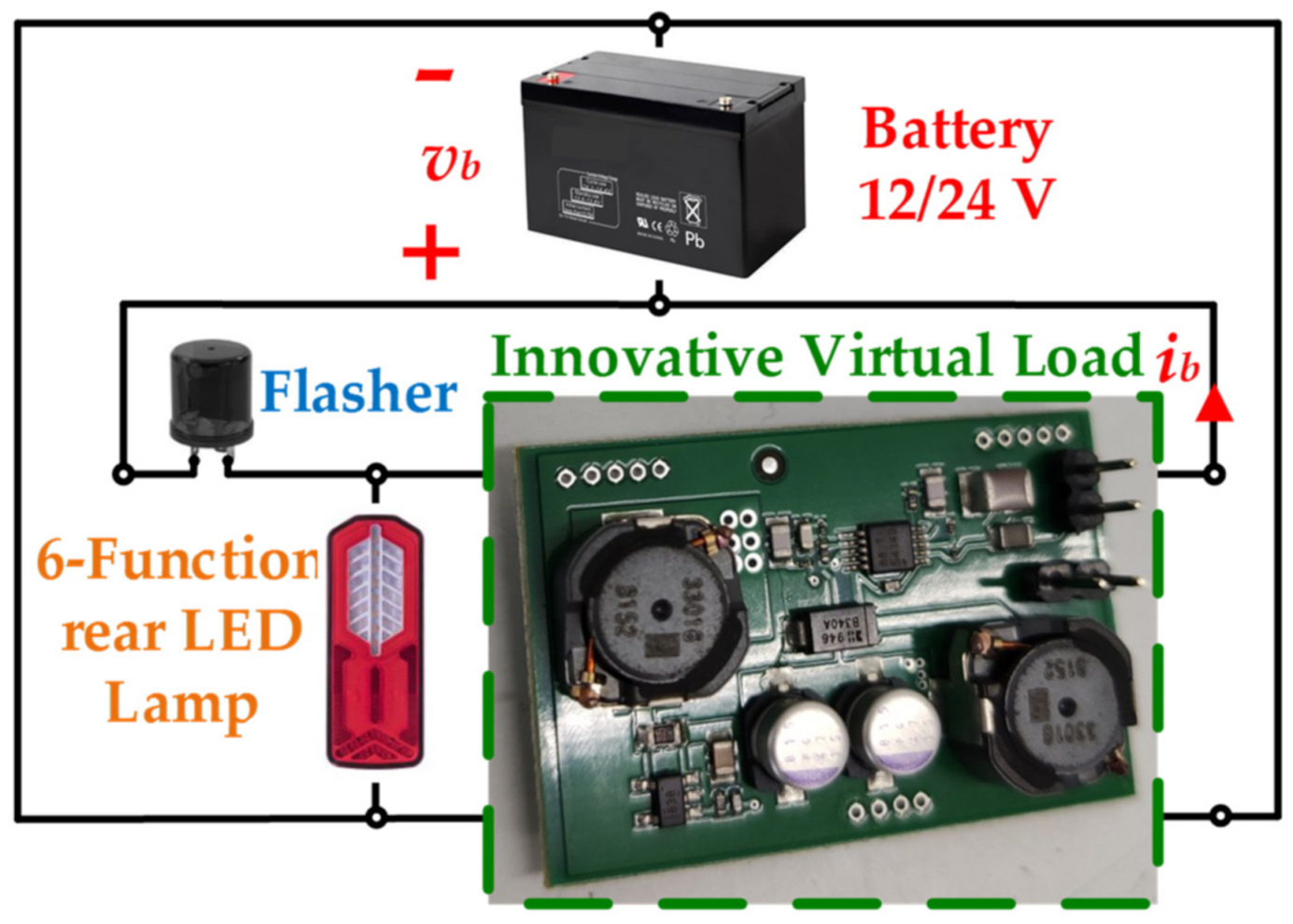
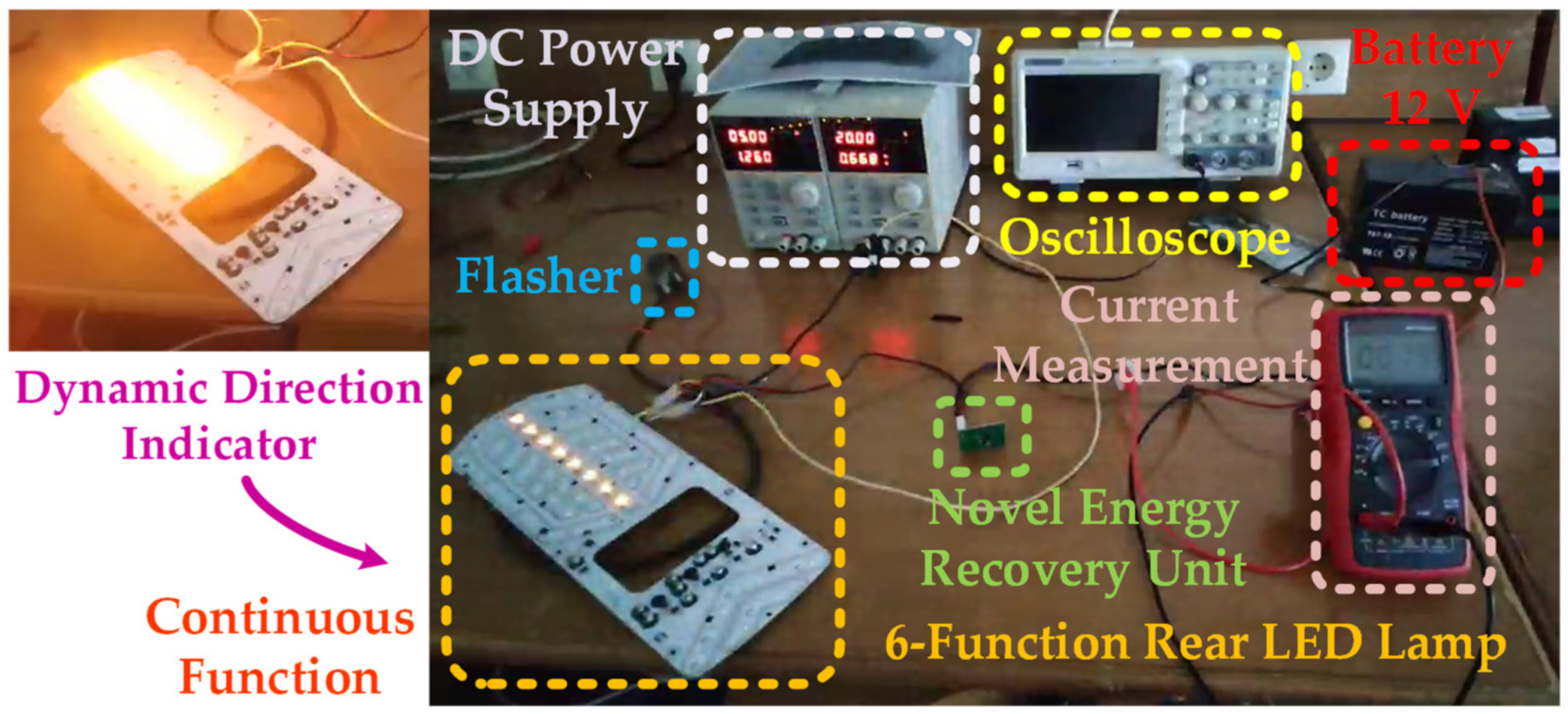

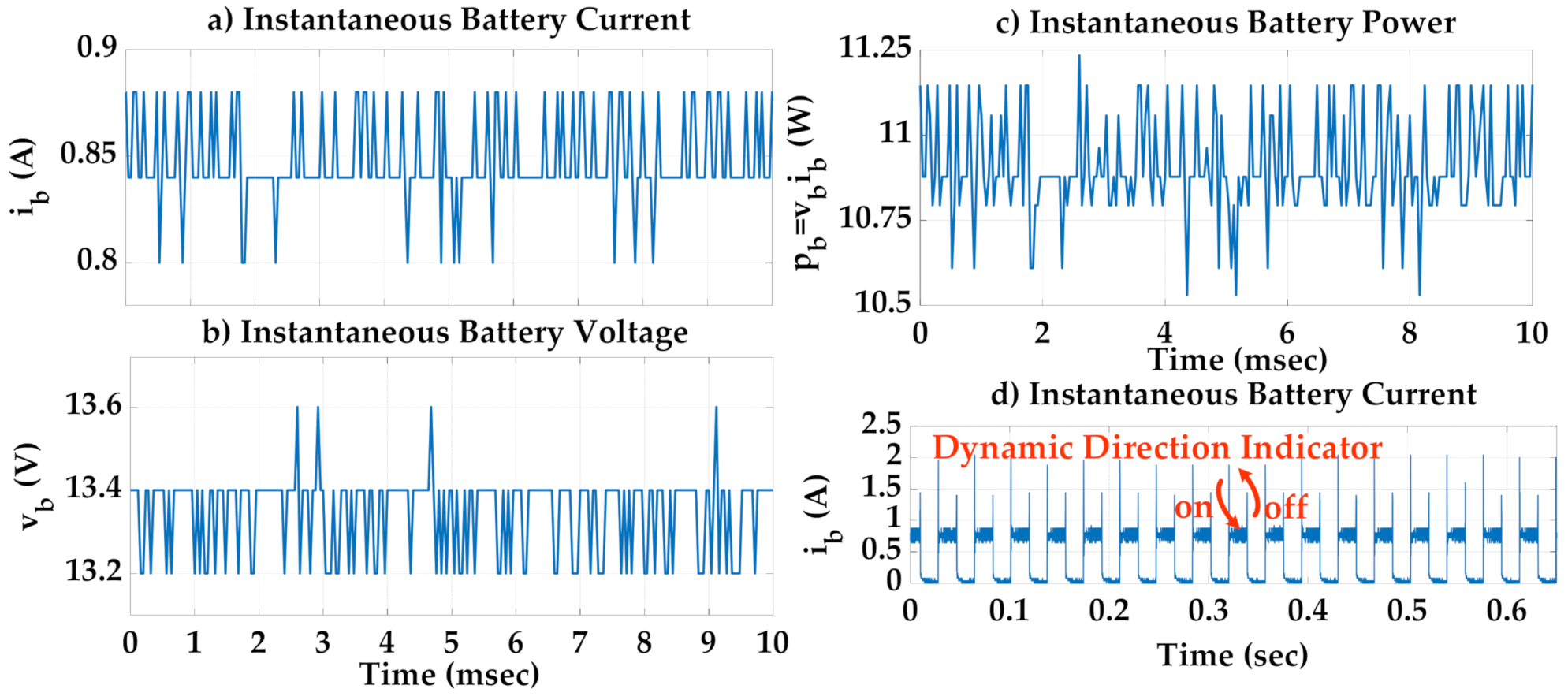

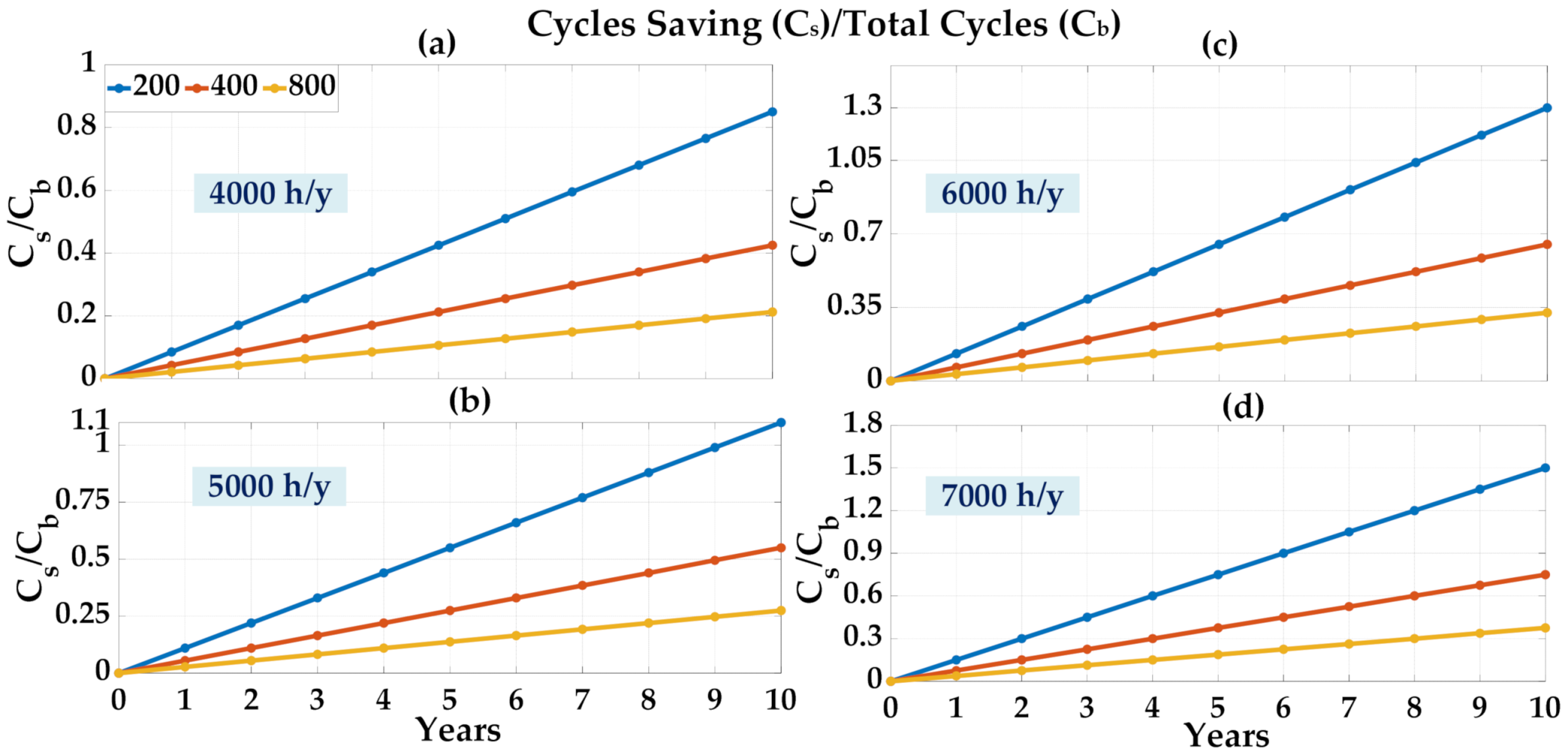
| LED Lamp consumption (W) | 3.2 | 1.8 |
| Passive/Virtual load consumption (W) | 12.8/1.65 | 6.4/1.48 |
| Total Conventional/Innovative product consumption (W) | 16/4.85 | 8/3.08 |
| Energy saving (%) | 70 | 65 |
| Driving h/y | Consumption kWhth,h/y | Consumption lt/y | Saving | |||
|---|---|---|---|---|---|---|
| Conventional | Innovative | Conventional | Innovative | kWhth,h/y | % | |
| 4000 | 200 | 60.62 | 16.8 | 5.09 | 139.375 | 70 |
| 5000 | 250 | 75.78 | 21 | 6.37 | 174.29 | |
| 6000 | 300 | 90.93 | 25.21 | 7.64 | 209.063 | |
| 7000 | 350 | 106.09 | 29.41 | 8.915 | 243.907 | |
Publisher’s Note: MDPI stays neutral with regard to jurisdictional claims in published maps and institutional affiliations. |
© 2021 by the authors. Licensee MDPI, Basel, Switzerland. This article is an open access article distributed under the terms and conditions of the Creative Commons Attribution (CC BY) license (https://creativecommons.org/licenses/by/4.0/).
Share and Cite
Apostolidou, N.; Valsamas, F.; Baros, D.; Loupis, M.; Dasteridis, V.; Kokkinis, C. Innovative Energy-Recovery Unit for the LED-Lighting System of Heavy-Duty Vehicles. Clean Technol. 2021, 3, 581-593. https://doi.org/10.3390/cleantechnol3030035
Apostolidou N, Valsamas F, Baros D, Loupis M, Dasteridis V, Kokkinis C. Innovative Energy-Recovery Unit for the LED-Lighting System of Heavy-Duty Vehicles. Clean Technologies. 2021; 3(3):581-593. https://doi.org/10.3390/cleantechnol3030035
Chicago/Turabian StyleApostolidou, Nena, Fotis Valsamas, Dimitris Baros, Michael Loupis, Vasilios Dasteridis, and Charalampos Kokkinis. 2021. "Innovative Energy-Recovery Unit for the LED-Lighting System of Heavy-Duty Vehicles" Clean Technologies 3, no. 3: 581-593. https://doi.org/10.3390/cleantechnol3030035
APA StyleApostolidou, N., Valsamas, F., Baros, D., Loupis, M., Dasteridis, V., & Kokkinis, C. (2021). Innovative Energy-Recovery Unit for the LED-Lighting System of Heavy-Duty Vehicles. Clean Technologies, 3(3), 581-593. https://doi.org/10.3390/cleantechnol3030035







